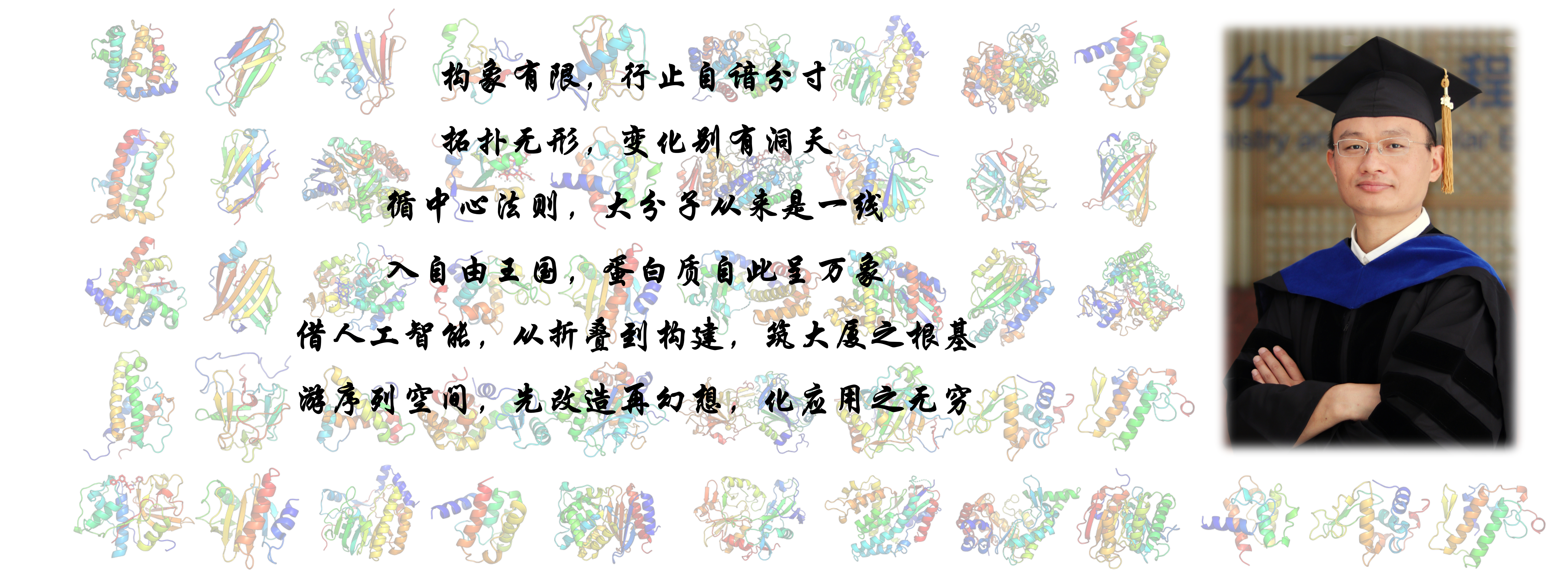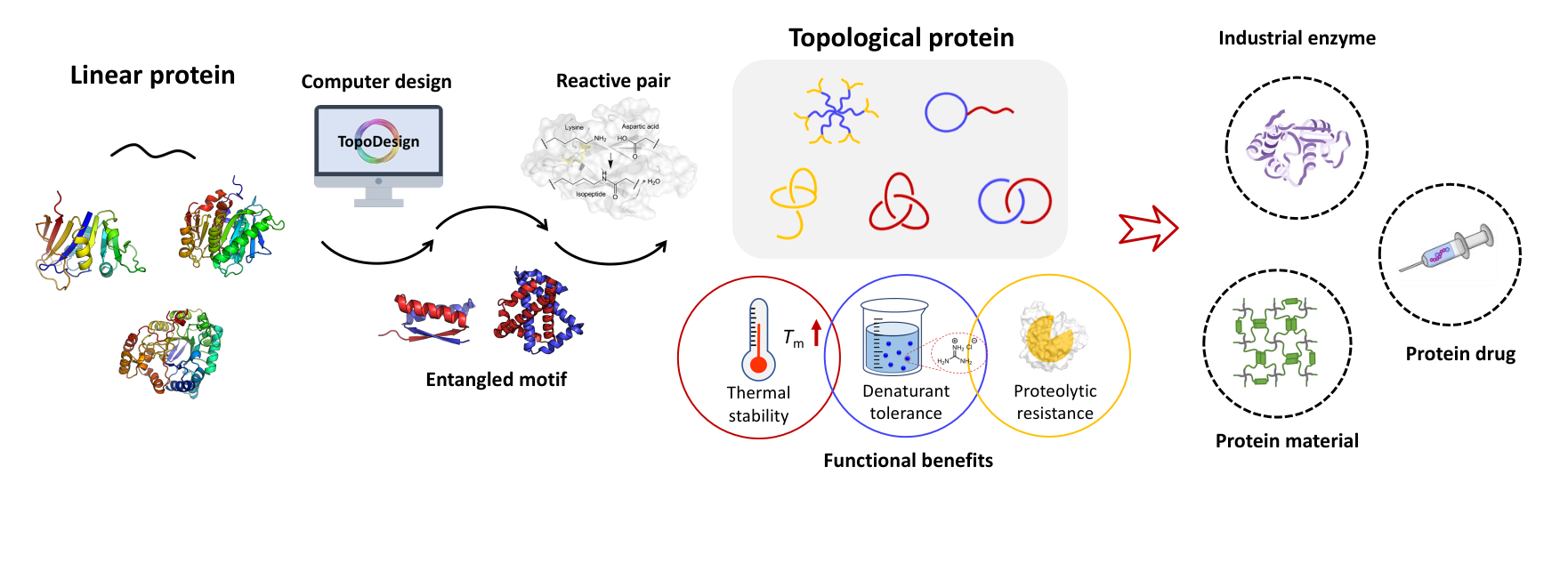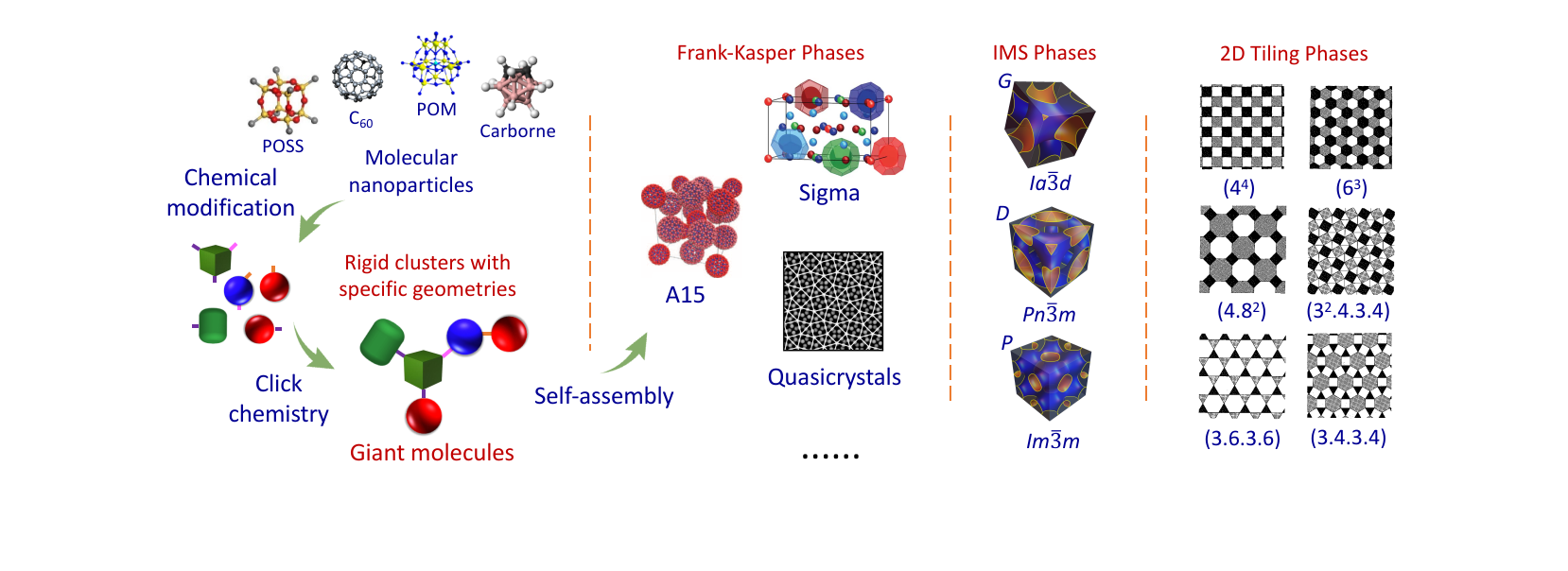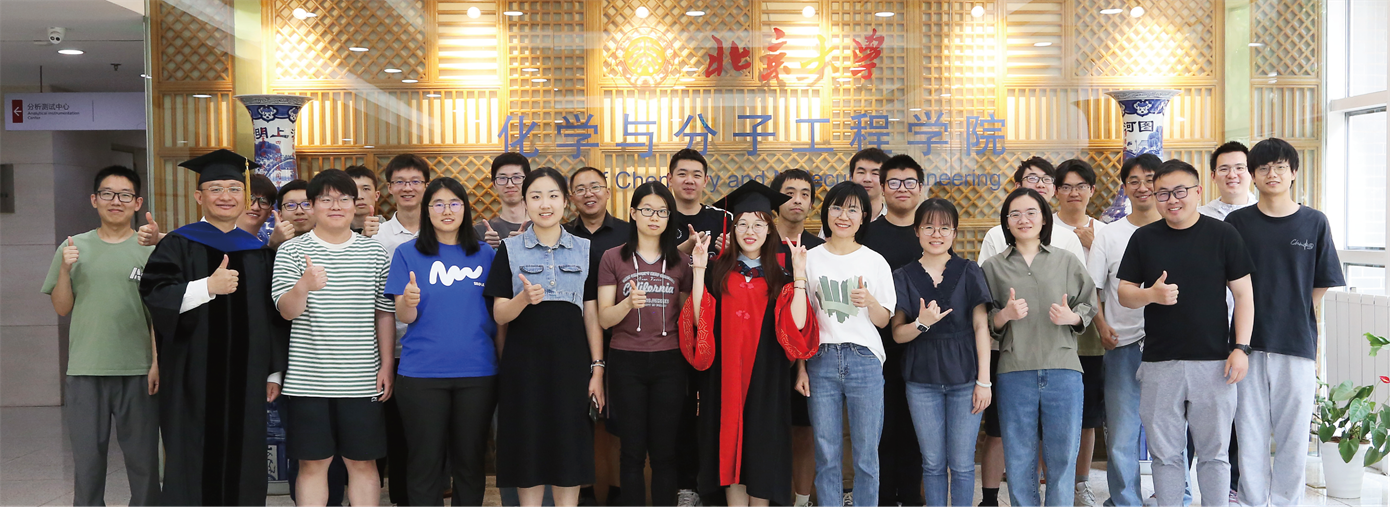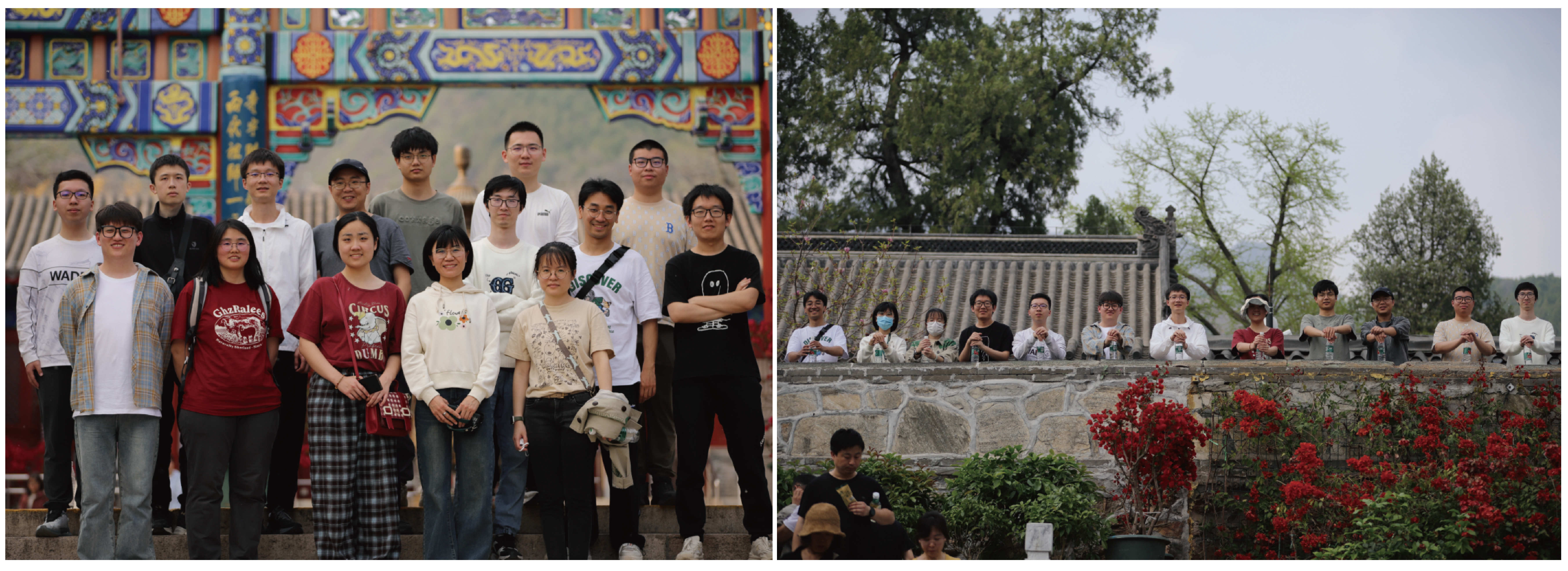Quotes
在科学上没有平坦的大道,只有那些不畏艰险沿着陡峭山路攀登的人,才有希望达到光辉的顶点。
----马克思
-----------------------------------------------
Research Projects
Collaborations
请有兴趣的研究组联系我们。欢迎任何形式的合作,尤其是在自组装、水凝胶以及生物医药等方向的合作。
------------------------------------------
Publications
Wang, Z.; Li, Y.;* Dong, X.; Yu, X.; Guo, K.; Su, H.; Yue, K.; Wesdemiotis, C.; Cheng, S. Z. D.;*Zhang, W.-B.* Giant Gemini Surfactants Based on Polystyrene-Hydrophilic Polyhedral Oligomeric Silsesquioxane Shape Amphiphiles: Sequential “Click” Chemistry and Solution Self-assembly. Chem. Sci. 2013, 4, 1345-1352. [Link] [PDF]

Abstract
This paper reports our recent investigations in the synthesis, characterization, and solution self-assembly of giant gemini surfactants consisting of two hydrophilic carboxylic acid-functionalized polyhedral oligomeric silsesquioxane (APOSS) heads and two hydrophobic polystyrene (PS) tails covalently linked via a rigid spacer (p-phenylene or biphenylene) (PS–(APOSS)2–PS). The sequential “click” approach was employed in the synthesis, which involved thiol–ene mono-functionalization of vinyl-functionalized POSS, Cu(I)-catalyzed Huisgen [3 + 2] azide–alkyne cycloadditions for “grafting” polymer tails onto the POSS cages, and subsequent thiol–ene “click” surface functionalization. The study of their self-assembly in solution revealed a morphological transition from vesicles to wormlike cylinders and further to spheres as the degree of ionization of the carboxylic acid groups on POSS heads increases. It was found that the PS tails are generally less stretched in the micellar cores of these giant gemini surfactants than those of the corresponding single-tailed (APOSS–PS) giant surfactant. It was further observed that the PS tail conformations in the micelles were also affected by the length of the rigid spacers where the one with longer spacer exhibits even more stretched PS tail conformation. Both findings could be explained by the topological constraint imposed by the short rigid spacer in PS–(APOSS)2–PS gemini surfactants. This constraint effectively increases the local charge density and leads to an anisotropic head shape that requires a proper re-distribution of the APOSS heads on the micellar surface to minimize the total electrostatic repulsive free energy. The study expands the scope of giant molecular shape amphiphiles and has general implications in the basic physical principles underlying their solution self-assembly behaviors.


